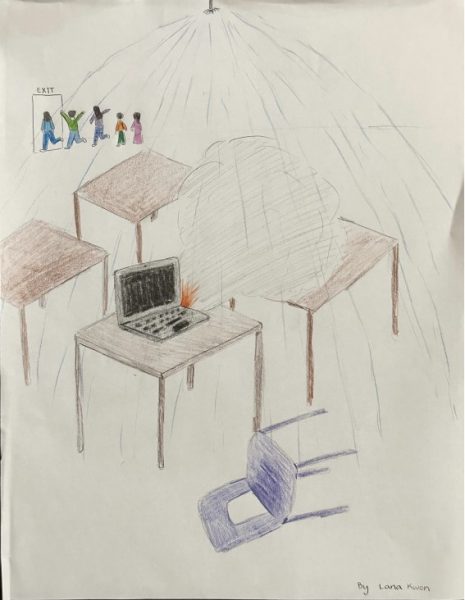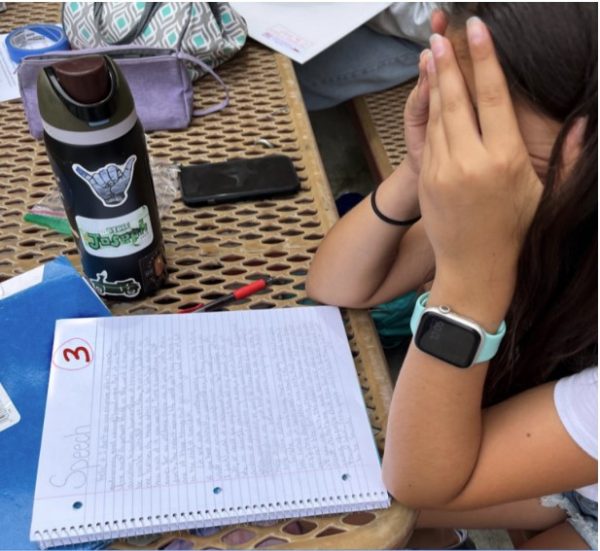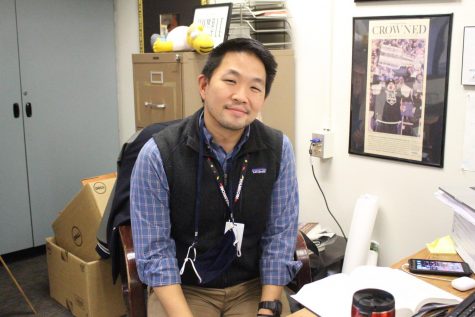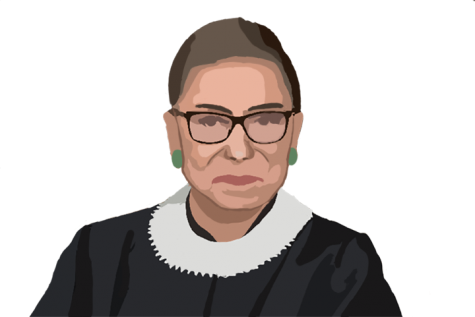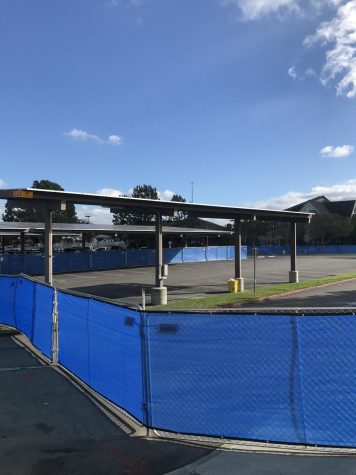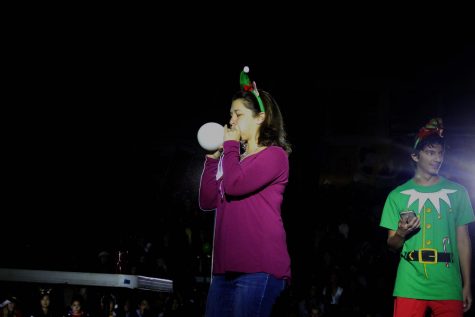Head to Head: Flip Teaching

Switching It Up for the Better
Thomas Loynd
The instructional strategy of “flip teaching” is becoming more and more popular with teachers and students alike as it displays its numerous advantages over a traditional approach of teaching in a classroom. In fact, I found myself in a “flipped” classroom where the instructional content is learned outside of the classroom, and the practice of that content (what would traditionally be homework) is done in the class. Although it seemed ridiculous at first glance, I found that it is actually a much more efficient and accessible way of teaching, allowing students to personalize their own lessons based on the practice they need.
With the instructional content being taught outside of school, students watch a video online, spanning from five to 15 minutes, thus learning the next day’s lesson at home. Then on the following class, students go over the material they learned the previous night and apply their knowledge.
“Homework is a real problem these days,” math teacher Geoff Tipper, said. “There’s lots of places where students could get answers without actually doing the work, so by taking what was homework into the classroom [it gives] students the chance to ask questions at the moment where they would actually have the questions.”
The advantage of doing homework in class provides me one-on-one help from my teacher, just like private tutoring. Then at home, I can control the pace of my learning by rewatching and pausing parts of the lecture.
Although flip teaching may be a fairly new method of instructing a classroom, its success should speak for itself. Salman Khan, a significant contributor to the flipped classroom, founded Khan Academy off the model of flipped teaching. Today, Khan Academy is an extremely useful tool for students and educators alike to learn at their own pace. With the click of a button, students can control the pacing and style of their learning, and most importantly, become confident in their knowledge.
Flipping Around a Style That Succeeds
Joel Whitson
In the flip teaching class that I was a student in, the expectation was to learn at home and apply that knowledge in class the next day. While I watched the assigned videos and did the questions for homework, I lacked the personalized instruction and opportunities to ask questions that are essential to a successful learning experience.
Although this style of teaching has good intentions, there are some flaws with it. I found that many students lacked the motivation required to do the assigned work at home, making it all too easy to fall behind and struggle.
“I think [flip teaching] has great potential, but it depends on if the student follows through. If the student doesn’t follow through, then [the class] gets behind,” science teacher Tracy Walla said.
Some students including myself need a more personalized approach to instruction. An important part of the learning process is the guidance of the teacher and the opportunity for students to ask questions. If a student didn’t understand the homework assignment from the day before, then the student will be lost in the next day’s discussion or activity and can easily become disengaged and confused with the material.
The classic style of teaching is much better since it allows students to explore the concept in class and reinforce this knowledge at home. When the classic style of teaching is used, struggling students have the opportunity to ask questions in class and get guidance from the teacher.
Your donation will support the student journalists of Woodbridge High School. Your contribution will allow us to purchase equipment and cover our annual website hosting costs.




